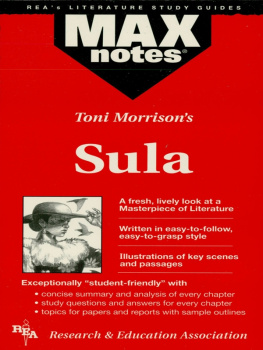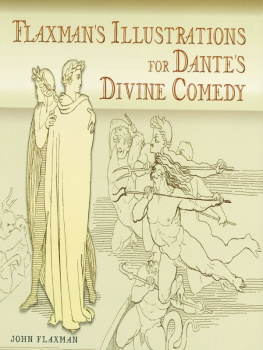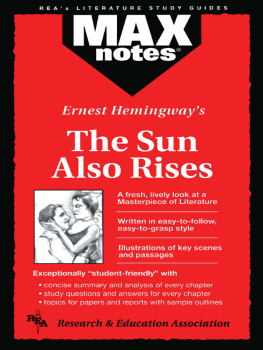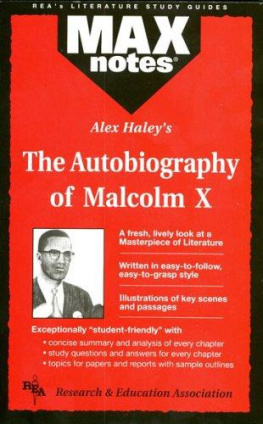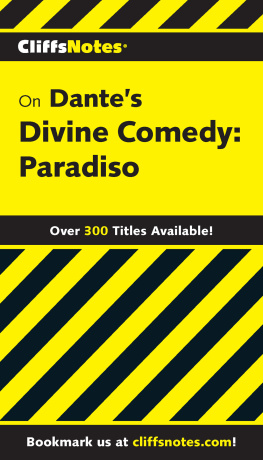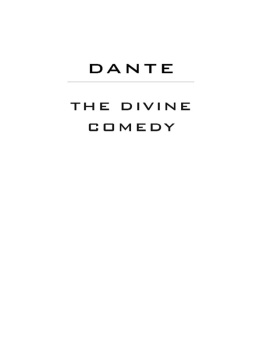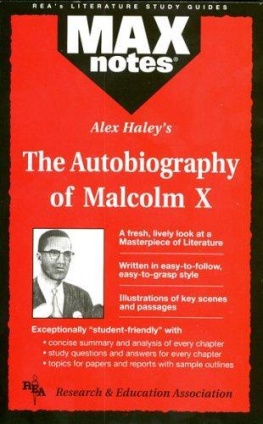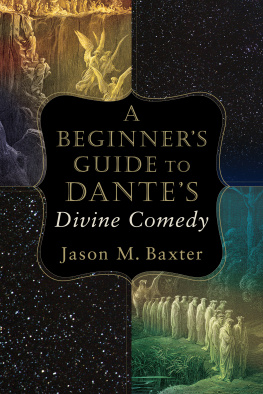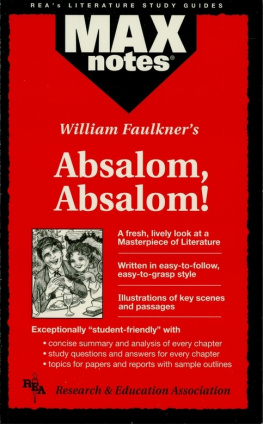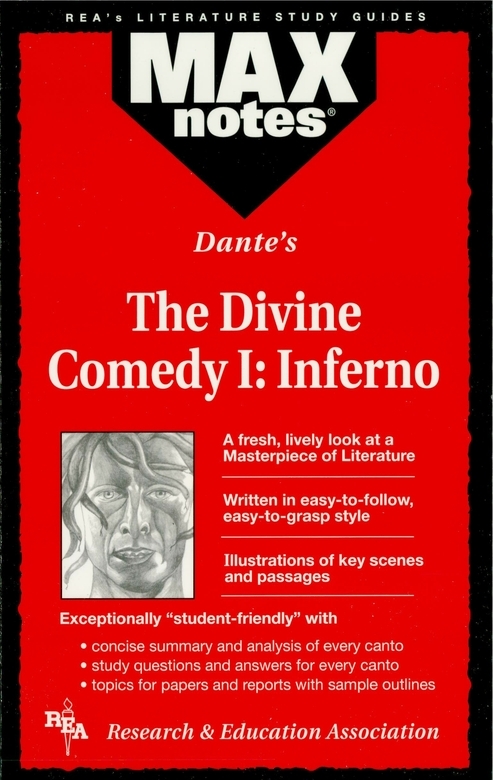The Life and Work of Dante Alighieri
Dante Alighieri, the son of a nobleman, was born in May of 1265 in Florence, Italy. Dante received his early education in Florence but later attended the University of Bologna. His learning experiences included a tour in the Florence army when he fought at the Battle of Campaldino.
Dantes great love seems to have been Beatriceprobably Beatrice Portinari. Dante and Beatrice met when they were children and Dante apparently worshipped her. Beatrice was Dantes inspiration for The Divine Comedy; after her death in 1290, he dedicated a memorial The New Life ( La Vita Nuova ) to her. Though each married, they did not marry each other.
Dante instead entered an arranged marriage in 1291 with Gemma Donati, a noblewoman; they had two sons and either one or two daughters. Records contain little else about their life together.
By 1302 Dante was a political exile from Florence. He probably started The Divine Comedy after this exile. Politics, history, mythology, religious leaders, and prominent people of the time, of literature, of the past, and of Dantes personal lifeincluding Beatriceappear throughout The Divine Comedy. The work was a major departure from most of the literature of the day since it was written in Italian, not the Latin of most other important writing. Dante finished The Divine Comedy just before his death on September 14, 1321; he was still in exile and was living under the protection of Guido da Polenta in Ravenna. Perhaps still bitter from his expulsion from Florence, Dante wrote on the title page of The Divine Comedy that he was a Florentine by birth, but not in manner (Bergin, 444).
Bergin describes Dante as the first important writer to emerge after the Dark Ages and his work as the beginning of the Italian Renaissance in literature (444). According to Bergin, The Divine Comedy is a complete expression of medieval philosophy, religion, and culture. The beauty of its poetry and the universality of its scope [especially in this time when distractions abound] make it one of the most sublime achievements in all literature (444). While some found fault with a writer who put those with whom he differed in Hell and those whom he favored in Heaven (Vincent), many critics of the day heaped praise on the work which reflected the religious outlook of an earlier day and yet contained the robust language of the Italian people along with vivid imagery. Other Italian writers, such as Petrarch and Boccaccio, used Dantes work as a modelthe most sincere form of flattery.
Historical Background
The Renaissance, or the rebirth of learning, began in Italy in the fourteenth century and influenced all of Western civilization. Wealthy families in Italy, such as the Medicis of Florence, were patrons of the arts and sciences. Trade flourished and prosperity thrived throughout much of the country.
In contrast to these positive occurrences, all was not well in Italy during the Renaissance. Rulers of the independent Italian states often fought with each other to establish a large political unit. The Guelph Political party (which favored local authority) and the Ghibelline Political party (which favored imperial authority) were two such rival factions; the two had been at war periodically since the thirteenth century.
Dantes birth in 1265 came at a time when the Guelph party, favoring local authority, was in control of Florence. Dante turned away from his Guelph heritage to embrace the imperial philosophy of the Ghibellines. His change in politics is best summed up in his treatise De Monarchia, in which Dante states his belief in the separation of church and state. The Ghibellines, however, were pushed from power by the Guelphs during Dantes adulthood and confined to northern Tuscany.
The Guelph Political party eventually divided into two groups: the Whites (led by the Cerchi family) and the Blacks (led by the Donati family and later aided by Pope Boniface VIII). Dante became a member of the Whites and served as an ambassador to talk with the Pope in Rome about conditions in Florence. While Dante was out of town, the Blacks took over Florence. The Blacks sentenced Dante to banishment from the city; his punishment for return would be death. His wanderings gave him time to write and to study the Scriptures. This banishment also gave Dante his perspective on the corruption of the fourteenth century papacy, a view that he would clearly describe in The Inferno.
In the year 1310, Henry VII became Holy Roman Emperor; Dante believed that this German prince would bring peace. But Henry VII died in 1313 and his Italian campaign collapsed. Dante became disillusioned and left the political life; he ceased work on other materials he had begun and concentrated on The Divine Comedy.
Master List of Characters
Note: The Canto in which the characters first appear is listed after their names.
Dante (Canto I) The writer, narrator, main character, and traveler in The Inferno
Virgil (Canto I) Ancient Roman poet who appears to Dante and becomes his guide
Aeneas (Canto II) A character from Virgils Aeneid; author of young Silvius birth
Alessio Interminei (Canto XVIII) A White Guelph; flatterer with slick manners
Alexandro degli Alberto (Canto XXXII) One of two shades in Region i , Circle IX; one of the brothers who slew one another in a fight over family land
Antaeus (Canto XXXI) One of the giants visible from the waist up above the rim of the well; he is invincible on earth but not in the air or sky; carries Virgil and Dante to the pit bottom
Aretine (Canto XXIX) Griffolino dArezza; a physicists; took money for promising miracles; burned at stake for falsifying
Barrators (Canto XXI) Sinners who made money in public office
Beatrice (Canto II) Woman who begs Virgil to rescue Dante (Heavenly Wisdom)
Bertrand de Born (Canto XXVIII) Headless shade who helped increase feud between Henry II of England and his young son Prince Henry
Blasphemers (Canto XIV) Includes Capaneus, one of seven kings in siege of Thebes
Bocca degli Abati (Canto XXXII) Ghibelline; fought on the Guelph side in the Battle of Montaperti; cut off the hand of the man who carried the standard
Brutus (Canto XXXIV) Opposed to the Divine and secular world; a resident of Dis
Buoso da Duera (Canto XXV) Commander of the Ghibellines; sold passage to the opposing French army and was, therefore, a traitor to his country



